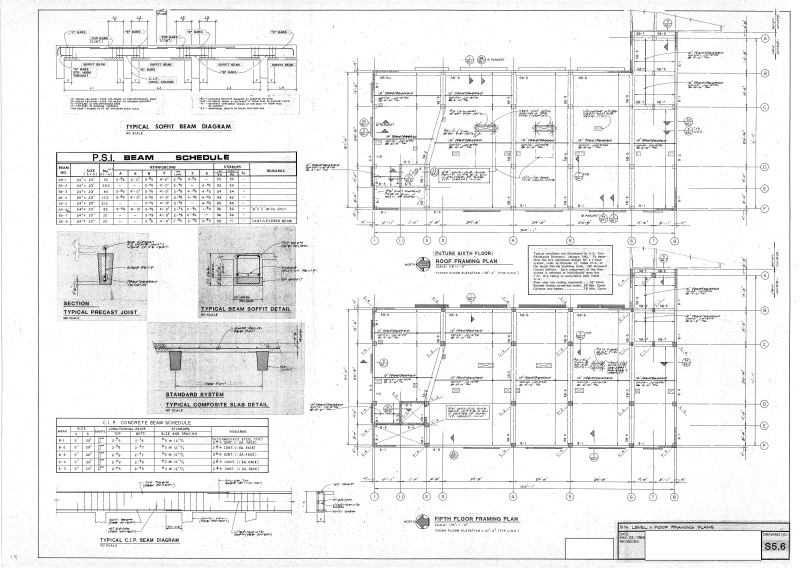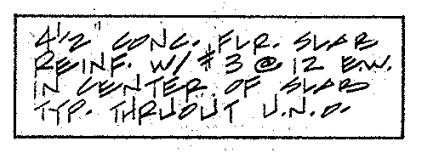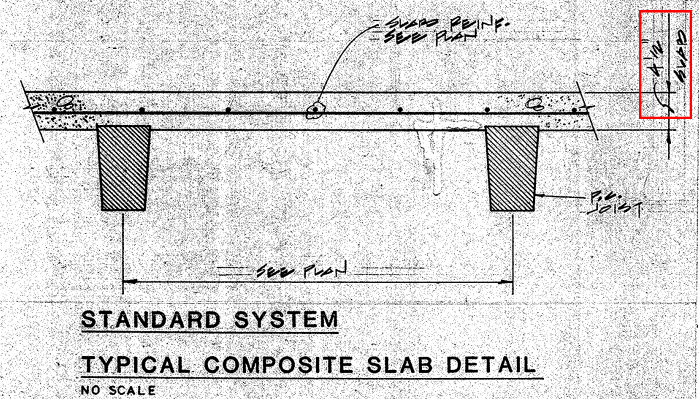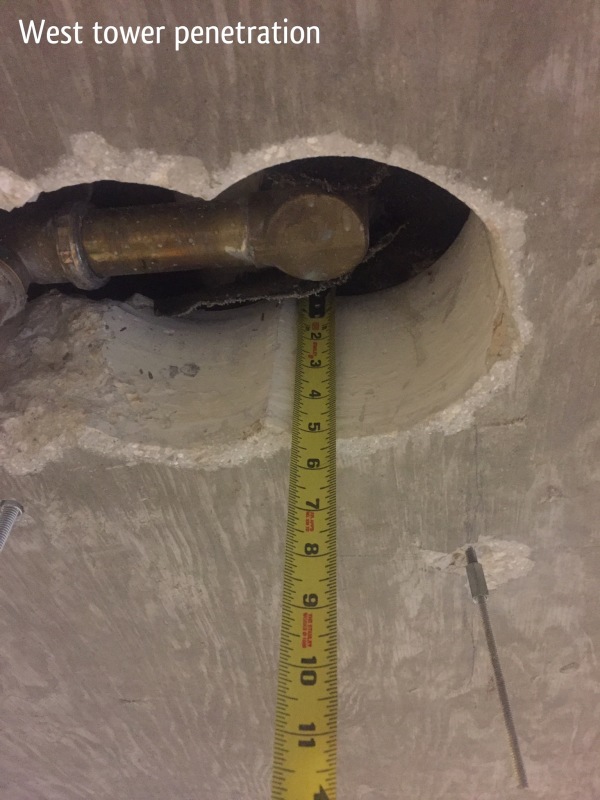dchirco
Structural
- Oct 19, 2016
- 4
Good morning all,
I was wondering if anyone has span load data for 12" prestressed concrete floor joist spaced at 4'-6" O.C. with a 5.25" composite slab. I am analyzing a building that was designed in 1983. A scan or link for allowable superimposed service load span tables would be appreciated. I've attached a picture of the floor framing plan for reference.

Thank you!
I was wondering if anyone has span load data for 12" prestressed concrete floor joist spaced at 4'-6" O.C. with a 5.25" composite slab. I am analyzing a building that was designed in 1983. A scan or link for allowable superimposed service load span tables would be appreciated. I've attached a picture of the floor framing plan for reference.

Thank you!



